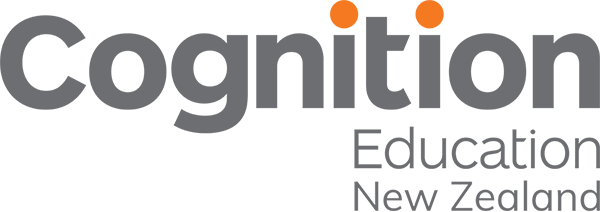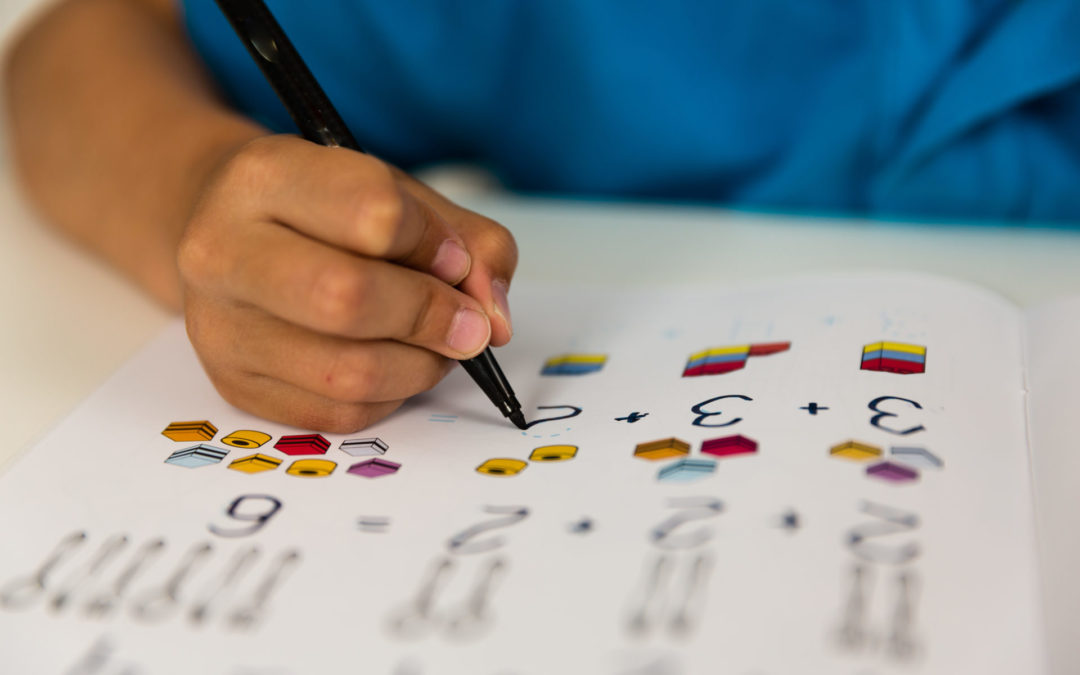Back to basics

Do these sayings sound familiar? Do you cringe thinking back to timed tests we used to do at school? Test yourself now. You have 10 seconds only to give the answer to the following number sentences:
9 + 5 =
3 x 8 =
4 + 7 =
5 + 8 =
9 + 5 =
7 x 6 =
6 + 5 =
8 x 9 =
Did you suddenly panic and feel stressed? If so, you are not alone. Sadly, mathematics has been one of the most over-tested, misunderstood, debated and even dreaded subjects in the curriculum. In particular, the teaching, learning and assessment of basic facts continue to be a contentious issue for many. This blog intends to highlight some of the common misconceptions around basic facts and look at a framework developed by Jennifer Bay Williams to support teachers and their students.
Misconceptions
We don’t teach basic facts anymore.
Wrong! How basic facts are being taught is the issue. Do you enjoy rote learning something without understanding? It is interesting that often students have been expected ‘to just know’ their facts, and to learn them by osmosis, without teaching, conceptual or visual development and without purpose or application. What is important is teaching and learning basic facts by developing number sense: understanding how numbers work and using them flexibly.
Students can’t do higher level cognitively demanding tasks without their basic facts.
While it is helpful to have math facts by memory, for some learners this may never be possible. This does not mean these students are not capable of higher-order thinking, participating in a group and offering deeper level thinking to solve a worthwhile task. Why should we rob these students of this rich learning? If this was reading, would we stop students from reading higher levelled books even though they still struggle with some basic sight words? No. Research shows teacher expectations highly influence student achievement so let’s provide students with strategies to derive and solve these facts. Learners can still participate in solving rich problems and apply their basic fact learning with purpose and meaning.
Timed tests improve basic fact learning.
The memorisation of basic facts through timed tests causes two major issues. For many students being tested and to perform under pressure causes maths anxiety and even trauma. Research using MRI imaging has found that maths facts are held in the working memory of the brain and when stressed (i.e. under time or performance pressures) the working memory becomes blocked. As a result, maths facts cannot be accessed, anxiety increases and confidence decreases. The question is this: how does timed testing improve teaching and learning? Do they test fluency or memory?
Basic facts need to be memorised and recalled quickly with a correct answer.
Speed and memorised recall of facts to produce a correct answer without interpretation or meaning have traditionally been the perceived criteria to be ‘good at maths’. However, Boaler argues that maths facts are a small part of mathematics and working as a mathematician is far more important. Mathematics is a highly creative subject, involving reasoning and understanding of relationships between numbers, justifying and explaining the reasoning of thinking and ideas. Schwartz (2001, cited in Boaler 2015) states this is where true intelligence lies, thinking deeply about mathematics and not in speed of recall.
“Teachers should help students develop math facts, not by emphasizing facts for the sake of facts or using ‘timed tests’ but by encouraging students to use, work with and explore numbers. As students work on meaningful number activities, they will commit math facts to heart at the same time as understanding numbers and math. They will enjoy and learn important mathematics rather than memorize, dread and fear mathematics.”
Fact Fluency: Jennifer Bay Williams (2019)
Fluency develops over 3 phases, Counting (1-1 counting), deriving (using strategies) and mastery (producing an answer).
A sample of how fact fluency is developed on patterns to ten is shown below around the concept of making ten. There are 3 main ways to reinforce the concept, by using quick images or quick looks, stories and games. Examples are given below.
Quick Looks:
Students should instantly recognise these patterns (subsisting).
Questions you would ask students are:
Look at these tens frames. What is the new number if we add 1? Takeaway 1?
What would double 4 look like?
How many more dots are needed to make 10?

Story: I have 10 lollies shared between my two pockets. How many lollies might be in each pocket?
Game: Snap. But instead of snapping matching cards, snap cards that make a ten.
Importantly all basic fact learning should be about developing fluency alongside solving rich learning activities to apply this knowledge.
Along with providing a useful learning progression, Jennifer Bay Williams has some handy advice for helping parents to understand how to develop fact fluency without rote learning. If you are running a parent evening there are some useful ideas to support your parent community to understand this.
If you are interested in finding out more about the learning progression and work of Jennifer Bay Williams or tracking the progress of fact fluency, help is at hand. Cognition Education has a team of consultants who mentor teachers in Mathematics teaching and learning.

